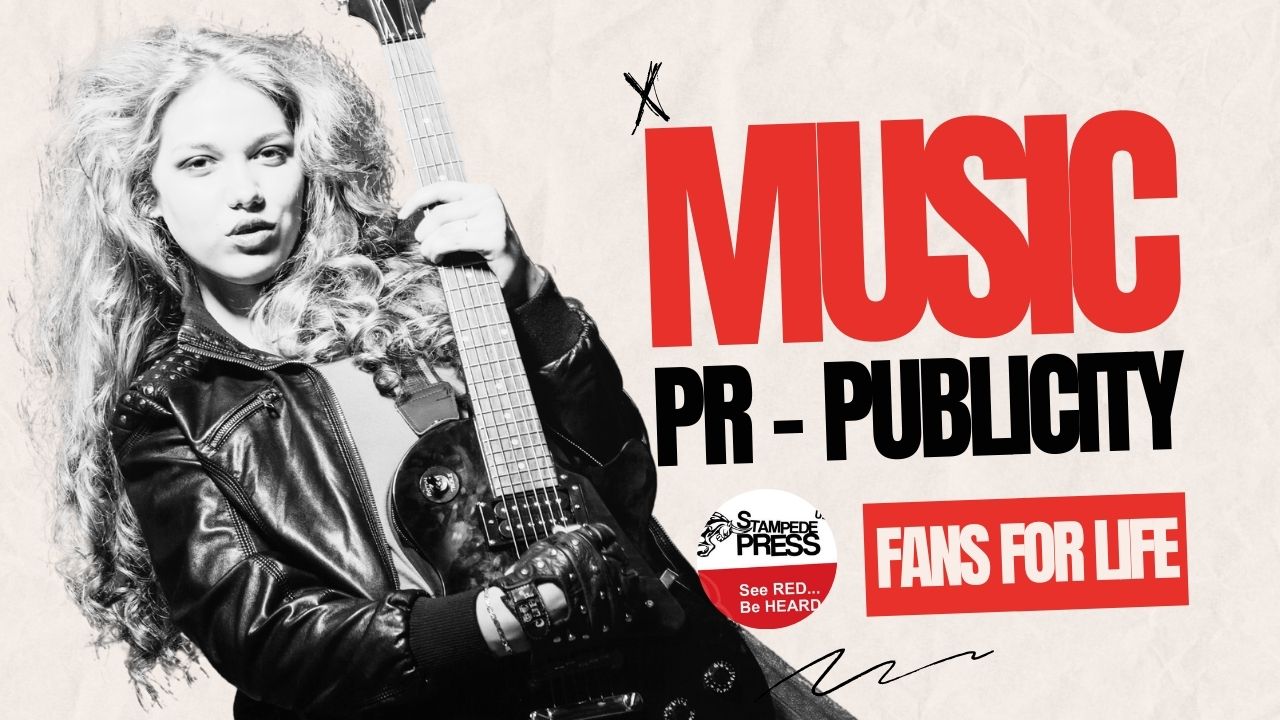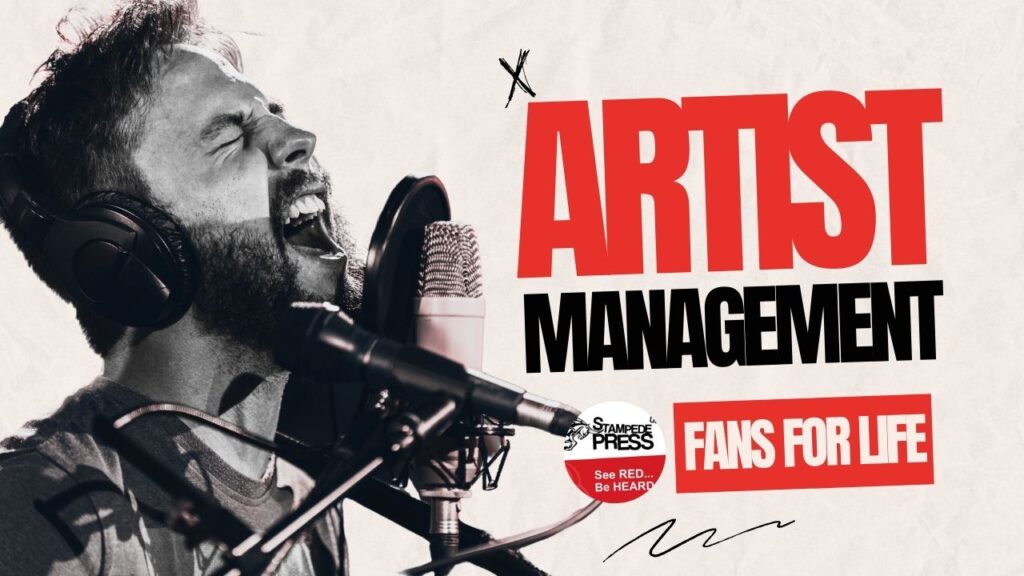
Rock & Metal Music PR & Marketing FAQ
If you’re an independent rock or metal band looking to grow your visibility, fanbase and merch sales, this is your go-to resource. Discover how to plan a music release campaign, get featured in key magazines, blogs and webzines, master email automations, and turn press exposure into real fans.
A music PR campaign gets your rock or metal band in front of the right media – magazines, blogs, webzines, radio and podcasts – so people hear about your release. Instead of posting only on social media, PR creates third-party credibility via reviews, features, interviews and premieres. For heavy music, that means outlets like Kerrang!, Metal Hammer, Distorted Sound and niche European blogs. A specialist UK rock/metal PR will write your press release, build a media list, pitch journalists, follow up and report results. (Former Taylor Swift Manager, Rick Barker, emphasises connection over noise in his “5 G” framework. https://rickbarker.com/)
Start before release. Most UK and European rock/metal outlets want music and information 4–8 weeks in advance so they can schedule reviews or features. For a single, allow 4–6 weeks. For an EP or album, allow 6–12 weeks. Starting early lets your publicist pitch premieres, secure interviews and line up coverage around release day. If you wait until the track is out, you miss the best editorial slots. (Ari Herstand’s checklist says start preparing 6-8 weeks ahead. https://aristake.com/)
Music PR is about earned media and reputation – getting your rock or metal band covered by press, blogs and influencers so you gain credibility. Music marketing is the broader growth activity around your band – social media, ads, email, content and fan nurturing. The best release campaigns for UK and EU artists use both: PR to create authority and marketing to amplify that attention and convert it into fans and sales. (Indepreneur’s 2025 podcast outlines that marketing tools for artists are evolving. https://indepreneur.io/podcast/ep356-whats-working-in-music-marketing-in-2025/)
You can DIY PR if you have time to write a press release, build a media list, pitch, and follow up. But hiring a specialist rock/metal PR agency gives you existing journalist relationships, scene knowledge and a structured campaign, so you do not waste your release. A good hybrid is: the band handles socials and content, the agency handles media outreach. For important UK or European releases, agency support usually delivers better and faster results. (Rick Barker emphasises the right timing and readiness in his framework. https://musicindustryblueprint.com/)
Choose a PR company that actually works with rock, metal and alternative music. Then check recent results, which outlets they place bands in, what territories they cover (UK, Europe, international), how transparent their reporting is and what is included in the campaign. Avoid anyone promising guaranteed coverage everywhere. A good music PR for heavy bands will explain what is realistic for your level and tailor the campaign to your release. (Rick Barker’s site emphasises messaging and product before marketing. https://rickbarker.com/)
Costs vary by campaign length, territory and how established the band is, but many UK rock and metal PR campaigns sit between £500 and £3,000+. Short single campaigns are at the lower end, while full album or EP campaigns that target UK and Europe and include reporting are higher. Always ask what is included – press release, media list, pitching, follow ups and coverage reports – so you can compare value, not just price. (Indepreneur’s podcast highlights how artists must allocate budget carefully in 2025. https://indepreneur.io/podcast/ep354-our-2025-predictions-on-ai-content-and-all-things-music-marketing/ According to Damian Keyes, independent artists should always invest in PR that creates measurable exposure rather than vanity metrics. https://www.damiankeyes.com/)
PR is worth it when you have something newsworthy – a new single, EP, album, tour or festival slot – and you plan to use that coverage in your marketing. For unsigned and independent rock or metal bands, PR creates professional visibility, gets you in front of tastemaker outlets and helps you build a track record you can show promoters, festivals and labels. If you have no assets ready yet, create those first, then invest in PR. (Ari Herstand’s section on release strategy emphasises groundwork before invest. https://aristake.com/album-release/ Burstimo’s 2024 case studies show that artists who pair PR with consistent digital presence achieve over 40 % more organic growth. https://www.burstimo.com/blog)
Measure success by total visibility and relevance, not just one big name. Track: number of features, reviews and interviews, quality of outlets for your genre, timing around your release date, social engagement on those articles, and backlinks to your site or EPK. For UK rock and metal artists, several targeted niche placements often outperform one off-target placement, because they reach the fans most likely to care. (An academic study on early adoption and targeted outreach supports this. https://arxiv.org/abs/2010.09489 Berklee College of Music’s 2025 guide to analytics advises measuring impact via engagement and retention rather than simple reach. https://online.berklee.edu/takenote/how-to-measure-success-in-your-music-career/)
A typical campaign runs: discovery and goals, press release and EPK creation, media list build (rock and metal outlets in the UK, Europe and beyond), initial pitching to secure premieres or features, follow ups over 4–8 weeks, social amplification of coverage and end-of-campaign reporting. This structure keeps journalists warm and helps secure coverage close to your release date. (Rick Barker’s “map before you enter the forest” analogy. https://musicindustryblueprint.com/ WaterBear College of Music teaches this workflow as a standard framework for independent campaign management. https://waterbear.org.uk/blog/)
For a single, plan 4–6 weeks of outreach. For an EP and album plan 8–12 weeks, especially if you want coverage across the UK and Europe or multiple content drops such as video premieres and interviews. Longer timelines give your publicist time to follow up and fit you into press schedules. (Ari Herstand’s guide says release preparation is a multiline year process. https://aristake.com/album-release/ Burstimo confirms that extended, multi-phase rollouts create stronger algorithmic traction. https://www.burstimo.com/blog)
There’s no fixed number. A consistent stream of credible coverage in rock/metal outlets matters more than one big press platformviral hit. A dozen quality reviews or interviews across key magazines, blogs and webzines shows traction and creates backlinks for Google and AI platforms like Chat GPT. Labels and bookers look for momentum — regular PR proves you’re serious and investable. (Indepreneur’s podcast on marketing emphasises consistency over one-off. https://indepreneur.io/podcast/ep356-whats-working-in-music-marketing-in-2025/ Damian Keyes (2025) notes that “momentum builds trust – one headline won’t change your life.” https://www.damiankeyes.com/)
Start with a strong headline, clear “who/what/when/why,” short band bio, genre tags (e.g., UK melodic metalcore), release date, and links to high-res photos and streaming. Keep it under 300 words. Journalists skim – make it easy. Include UK location keywords to boost discoverability and link to your EPK. (Ari Herstand’s checklist highlights crafting assets and story ahead of release. https://photobombshell.media/2025/07/14/how-to-prepare-for-your-new-release-as-an-independent-artist/ WaterBear College of Music stresses that concise, story-driven bios outperform long generic ones in journalist outreach. https://waterbear.org.uk/blog/)
Target outlets that match your style, not just any site. Research what each blog covers, craft a concise email pitch, and include your press release and streaming links. Follow up politely after a few days. Many UK rock and European metal blogs prefer exclusives or premieres — a PR agency can secure those faster through existing relationships. (NewM’s 2025 guide emphasises direct pitches to curators and blogs. https://newm.io/the-ultimate-guide-to-independent-music-promotion-in-2025/ Damian Keyes adds that personalisation in outreach increases response rates by 70 %. https://www.damiankeyes.com/)
Top outlets include Classic Rock, Metal Hammer, Kerrang!, Distorted Sound, Planet Rock, HRH Magazine, RAMzine, Rock N Load, Planet Mosh, GBHBL and genre-specific webzines. Choose based on subgenre — doom, hardcore, prog, etc. A PR team with regional contacts knows who’s active and responsive across the UK, Germany, Scandinavia, and more. (Indepreneur’s future-of-music discussion emphasises shifting regional dynamics. https://indepreneur.io/podcast/ep355-whats-on-the-horizon-in-the-music-business-in-2025/ Burstimo points out that genre-targeted pitching produces 3× more replies than broad emails. https://www.burstimo.com/blog)
Manually research writers who cover your genre, check publication mastheads and Twitter/X bios, and track in a spreadsheet. Avoid buying outdated lists. Journalists shift roles often in the UK music press, so update quarterly. Working with a PR company saves months — they maintain verified rock and metal media databases. (Rick Barker’s credibility building framework supports refining your list. https://rickbarker.com/ Berklee College of Music recommends maintaining segmented contact databases to track conversion rates and professional relationships. https://online.berklee.edu/takenote/how-to-build-your-industry-network/)
Plan 6–8 weeks out. Create your press release and visuals, pitch media, schedule teasers, and run paid ads targeting UK and EU rock fans. Align PR coverage with social posts, lyric videos, and email blasts. After release, amplify reviews and tag outlets to extend reach. That multi-channel blend drives streams and followers. (NewM’s 2025 guide emphasises multi-channel strategies. CDBABY https://support.cdbaby.com/hc/en-us/articles/360013728951-When-should-I-set-my-release-date-and-how-long-does-distribution-take WaterBear College of Music advocates blending organic and paid promotion for balanced growth. https://waterbear.org.uk/blog/)
Submit via Spotify for Artists at least 2–3 weeks pre-release, then pitch genre curators, YouTubers, and influencers. Share press coverage – editors trust acts already gaining attention. Avoid paid-for playlist scams. Combine organic PR + fan engagement + niche playlist outreach for sustainable streaming growth. (Ari Herstand’s “Top 5 Streaming Growth Tactics for Musicians 2025”. https://aristakeacademy.com/top-5-streaming-growth-tactics/ Berklee College of Music research shows playlist placements now account for 30% of discovery among Gen Z listeners. https://online.berklee.edu/)
A professional EPK should include: short bio, press photos, logo, streaming links, embedded video, previous press quotes, tour info, and contact details. Host it on your own site (not Google Drive). Add schema keywords like UK rock band EPK to improve search relevance. Keep it updated after every campaign. (Ari Herstand’s 26-item pre-release checklist emphasises this asset. https://aristakeacademy.com/26-things/ Burstimo confirms that journalists are 60 % more likely to open pitches containing a well-organised EPK. https://www.burstimo.com/blog). Check out our EPK service: https://www.stampedepress.co.uk/our-services/electronic-press-kits/
Typical DIY errors: no press release, poor visuals, sending music too late, spamming irrelevant outlets, or forgetting follow-ups. Also, not repurposing coverage. Every review and interview should be shared on socials, email lists, and your website. Consistency across PR and marketing multiplies visibility. (NewM’s 2025 guide highlights independent artists shifting focus off algorithm-reliant platforms. https://newm.io/the-ultimate-guide-to-independent-music-promotion-in-2025/ WaterBear College of Music stresses persistence and storytelling as antidotes to algorithm volatility. https://waterbear.org.uk/blog/)
Done right, PR fuels fan growth. Press coverage introduces your band to fans who already love heavy music. When combined with social storytelling, email automation, and merch offers, that awareness turns into measurable fanbase growth. PR is the credibility engine that powers your wider digital marketing. (Indepreneur’s podcast emphasises the shift from pure coverage to audience building in 2025. https://indepreneur.io/podcast/ep356-whats-working-in-music-marketing-in-2025/ Damian Keyes states: “Press gets attention, but marketing turns attention into community.” https://www.damiankeyes.com/)
Digital marketing gives independent bands direct control of growth. Combine PR exposure with social media storytelling, targeted ads, SEO-optimised content, and email automation. Use Facebook Ads Manager to reach UK rock and metal fans, retarget visitors who read your press coverage, and build a long-term fan funnel. (Indepreneur emphasises building owned audience and funnel strategies. https://indepreneur.io/podcast/ep354-our-2025-predictions-on-ai-content-and-all-things-music-marketing/ Burstimo reports that artists who combine PR + paid ads see 2× ROI. https://www.burstimo.com/blog)
Authenticity wins. Focus on short-form video (Reels, Shorts, TikTok), live content, and consistent engagement. Mix behind-the-scenes clips with press highlights and fan shout-outs. Schedule posts around release cycles and touring in UK/EU time zones. Use niche hashtags (#metalcoreuk #ukrockscene) and reply to comments to build community. (NewM’s 2025 guide underlines short-form video and authentic community engagement. https://newm.io/the-ultimate-guide-to-independent-music-promotion-in-2025/ WaterBear College of Music encourages artists to prioritise story-based posts over trend-chasing. https://waterbear.org.uk/blog/)
You need a conversion journey. Use PR to attract attention, then email to nurture interest, and paid ads to retarget engaged fans. Offer exclusive merch bundles or early-bird ticket access through automated email campaigns. (Indepreneur emphasises funnel and repeat sales from fans in 2025. https://indepreneur.io/podcast/ep356-whats-working-in-music-marketing-in-2025/ Statista’s 2024 report shows merchandise remains a £200 million annual revenue stream in the UK live-music sector. https://www.statista.com/statistics/uk-music-merch/)
Yes – when you target properly. Focus on interests (similar artists, festivals, subgenres) rather than generic audiences. Promote videos, not just “buy” posts. Combine ad campaigns with organic PR buzz to improve click-through rates. (Indepreneur’s 2025 predictions include retargeting and paid strategies for independent artists. https://indepreneur.io/podcast/ep354-our-2025-predictions-on-ai-content-and-all-things-music-marketing/ MIT Sloan School of Management (2025) research shows hyper-targeted campaigns yield up to 3.5× higher ROI in the entertainment sector. https://mitsloan.mit.edu/ideas-made-to-matter)
Email remains one of the highest-ROI channels for musicians. Build your list through pre-save links, merch buyers, and show sign-ups. Then use automations: welcome flow, release flow, merch follow-ups. Platforms like MailerLite, Mailchimp, Drip, ConvertKit or Klaviyo integrate easily. Automated sequences keep fans engaged while you tour or record. (Ari Herstand’s checklist emphasises mailing list as cornerstone. https://aristakeacademy.com/26-things/ Berklee College of Music confirms email still delivers 4,200 % ROI – more than any social channel. https://online.berklee.edu/takenote/email-marketing-for-musicians/)
Use a multi-phase campaign: teaser art, announcement, single release, video, and full drop — all backed by PR and digital ads. (NewM’s 2025 promotion guide emphasises multi-phase campaign. https://newm.io/the-ultimate-guide-to-independent-music-promotion-in-2025/ WaterBear College of Music teaches timeline structuring and momentum pacing for modern release cycles. https://waterbear.org.uk/blog/)
Tell stories around each product, use scarcity and bundle items, and show real fans wearing them. Promote drops via PR, socials, and automated emails. (Indepreneur emphasises repeat sales and merch as key revenue in 2025. https://indepreneur.io/podcast/ep356-whats-working-in-music-marketing-in-2025/ Statista (2025) reports 70 % of Gen Z fans purchase merch online within 48 hours of release drops. https://www.statista.com/statistics/merch-purchase-habits/). Implement easy to navigate ecommerce stores like Shopify or Big Cartel.
Treat your band like a business: set goals, track data, manage cash flow, and diversify income. (Rick Barker’s “map before you enter the forest” metaphor emphasises business mindset. https://musicindustryblueprint.com/ Berklee College of Music (2025) curriculum highlights entrepreneurship and multiple-income-stream planning as vital career foundations. https://online.berklee.edu/)
Storytelling transforms sound into identity. Define what your music represents and weave that through your visuals, press bio, and socials. (Rick Barker’s emphasis on messaging and connection over noise. https://rickbarker.com/ Damian Keyes calls storytelling the most powerful tool for building authentic fan relationships (2025). https://www.damiankeyes.com/)
Rob’s Masters Degree in Music Industry Innovation & Enterprise combines academic insight with hands-on experience from two decades in PR and artist development. That means every strategy he share — from press campaigns to email automation — is backed by research and real-world testing. Bands working with Stampede Press UK gain both education and execution: the knowledge to grow and the systems to sustain success. (Indepreneur’s 2025 predictions highlight education and strategy as key differentiators. https://indepreneur.io/podcast/ep354-our-2025-predictions-on-ai-content-and-all-things-music-marketing/ MIT OpenCourseWare supports this integration of creative practice and innovation management in arts entrepreneurship (2025). https://ocw.mit.edu/)



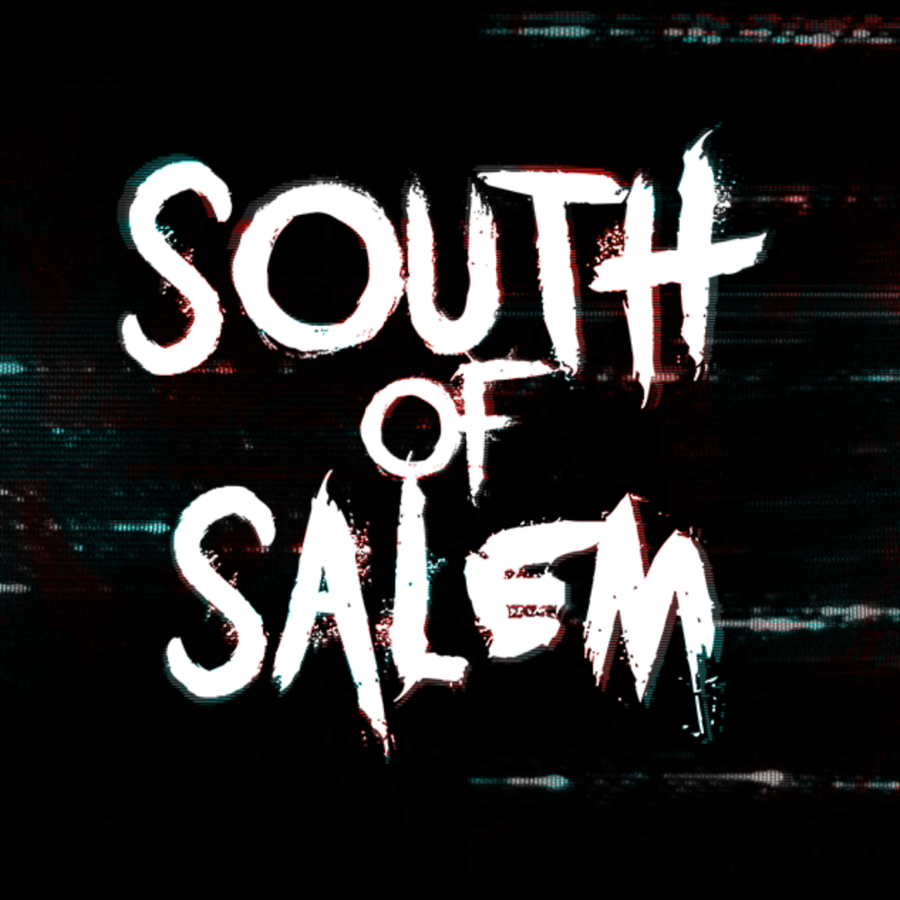

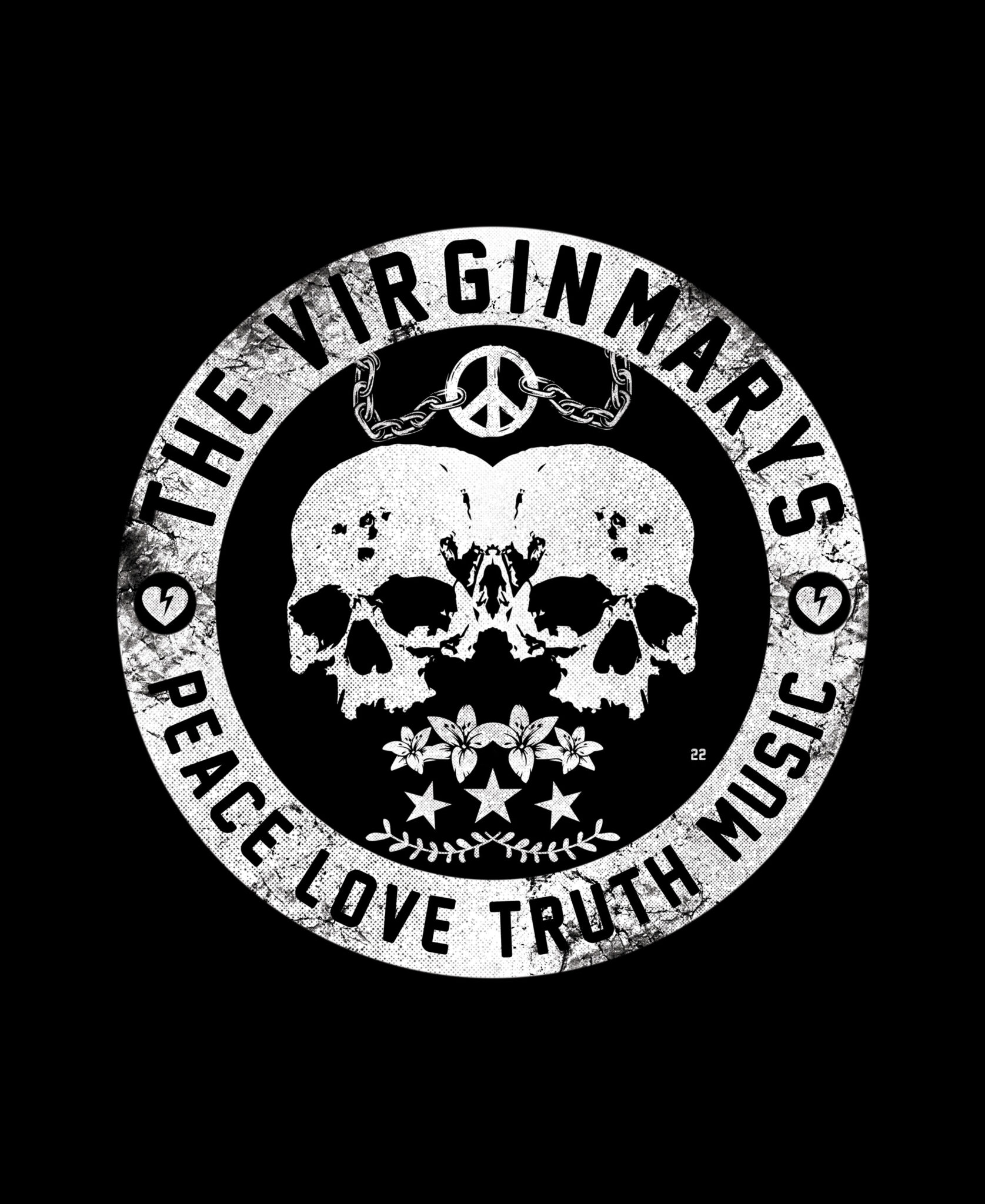
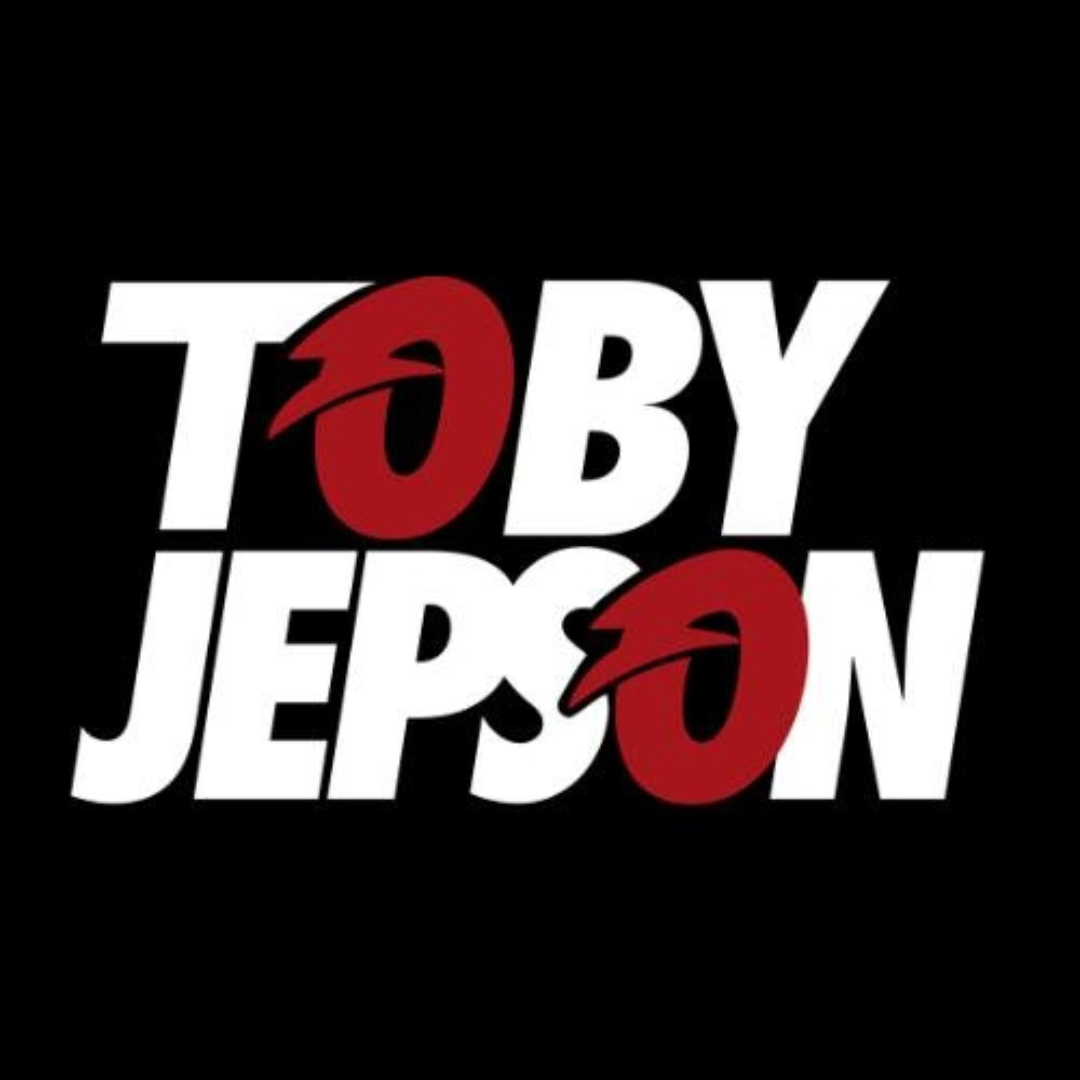
Contact Us

Stampede Press
Stampede Press is a dynamic PR and Marketing agency, dedicated to boosting the visibility and success of rock and metal music artists. With qualified artist management; our direct to fan marketing, PR campaigns and electronic press kits (EPKs) help music artists grow fanbases and merchandise sales. Stampede Press guides and supports creative musicians to help them get the most of their music industry.
Rock & Metal Music Promotion


